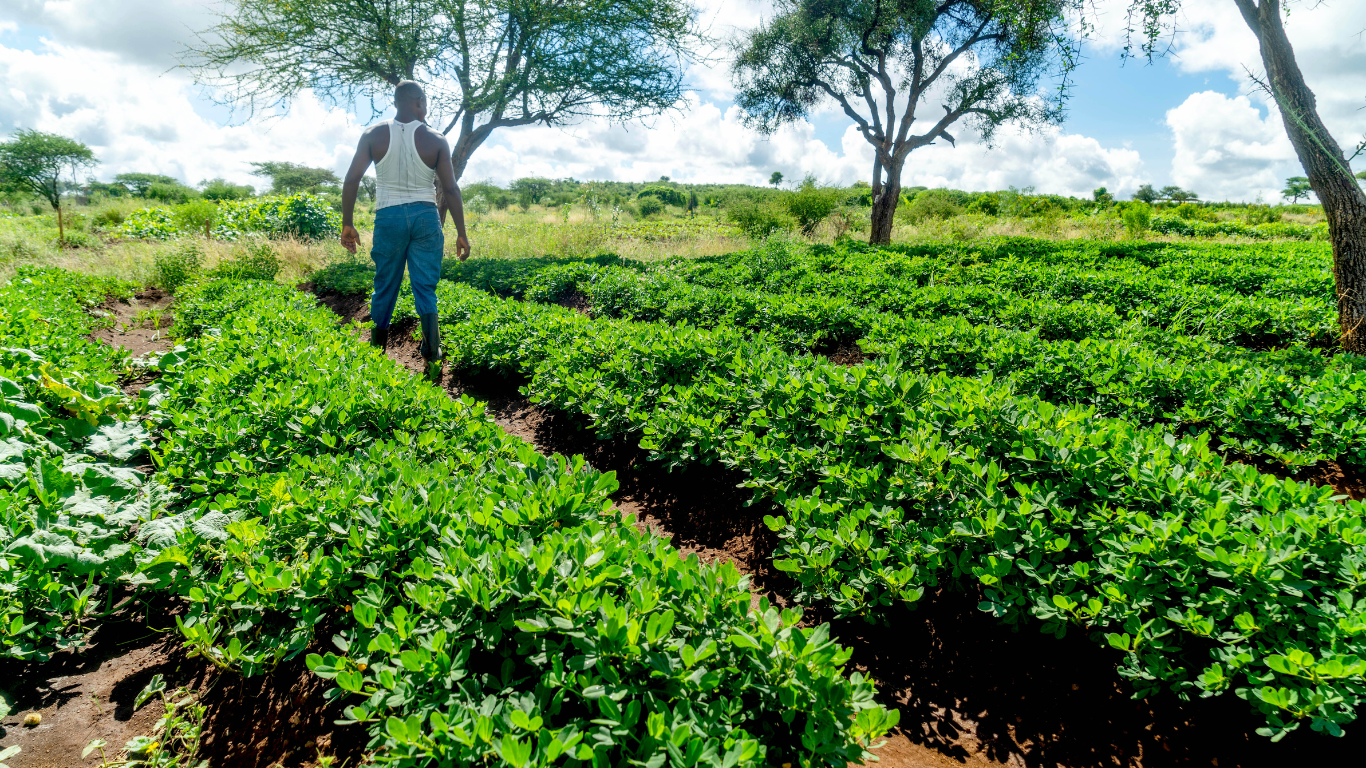Featured Story
How We Transformed Over 9 Acres of Damaged Wasteland into Green, Fertile Land
In 2022, we started Ambokili Farm on a dust-laden, semi-arid landscape in Kimana town. The land was damaged, with gullies as deep as 2 meters and sheet erosion that had stripped the soil bare. From Barren to Burgeoning: Creating change one seed at a time There was deep gulley erosion ranging from 1-2m deep and […]
Read MoreAdapting to Climate Change: Essential Strategies for Sustainable Farming in ASAL Areas
Previous image Next image Climate change is an ever-present challenge, particularly in arid and semi-arid lands (ASAL) like Kimana. The shifting climate patterns pose significant risks to agricultural productivity and food security. From erratic rainfall patterns to rising temperatures, these shifts pose a significant threat to traditional farming practices, especially...
Read MoreCombating Soil Erosion: Essential Strategies for ASAL Areas
Previous image Next image Soil erosion is a significant challenge in arid and semi-arid lands (ASAL) like Kimana. This isn’t just about a dusty landscape. This natural process, exacerbated by human activities and climatic conditions, can lead to decreased agricultural productivity, loss of fertile topsoil, and environmental degradation. At Ambokili...
Read MoreThe Environmental Impact of Proper Waste Management
Previous image Next image The world produces around 2.01 billion tonnes of municipal solid waste annually. By 2050, this figure is projected to increase to 3.4 billion tonnes. Approximately 33% of this waste is not managed in an environmentally safe manner, leading to severe ecological consequences. Over 2.7 billion people,...
Read MoreThe Lifeline of ASAL Agriculture: Irrigation Systems
In arid and semi-arid lands (ASAL) like Kimana, the success of agricultural activities heavily relies on effective irrigation systems due to unreliable rainfall. These systems play a crucial role in ensuring that crops receive the necessary water to grow, especially in regions where rainfall is scarce and unpredictable. It is...
Read MoreHow a Weather Station is Changing the Game at Ambokili Farm
Previous image Next image In the heart of Kimana, where the semi-arid landscape lives between the whims of the sun and the scarce rain, Ambokili Farm is taking a bold step towards a more sustainable future. Introducing our latest game-changer: a state-of-the-art weather station! This marvel of modern technology isn’t...
Read More🌾🌿Crop Selection for ASAL Regions: A Guide from Ambokili Farm
We work in Kimana, Kajiado, Kenya to help the local community restore semi-arid land through organic farming to reverse environmental degradation. One of the most critical components of successful farming in Arid and Semi-arid Areas (ASAL) is selecting the right crops. Understanding ASAL Conditions Arid and semi-arid lands are characterized...
Read More






